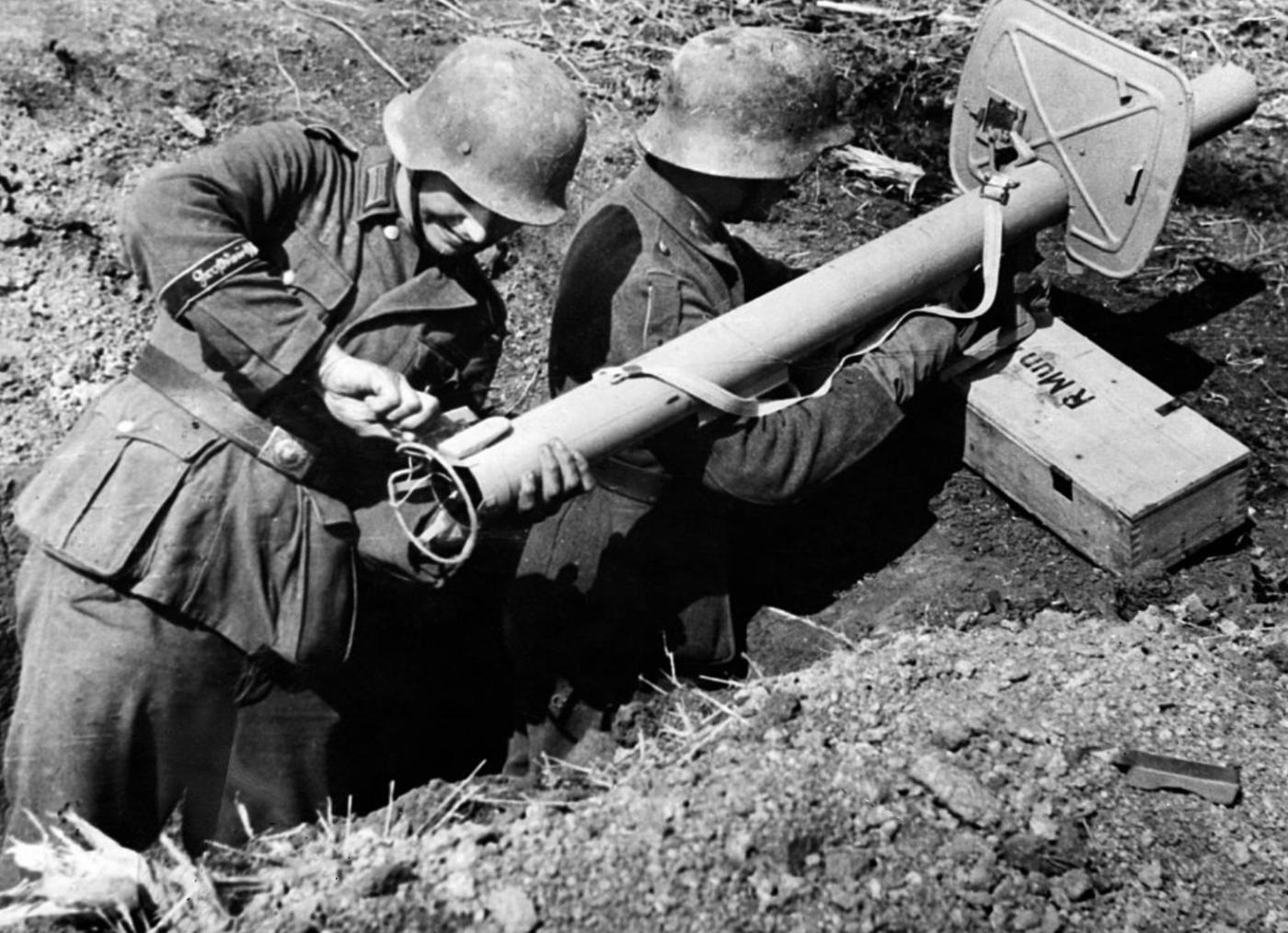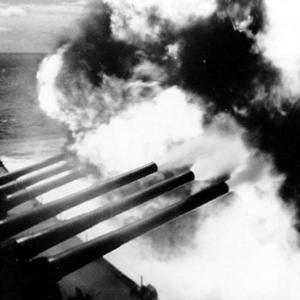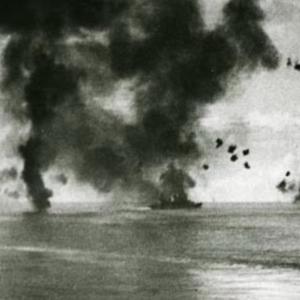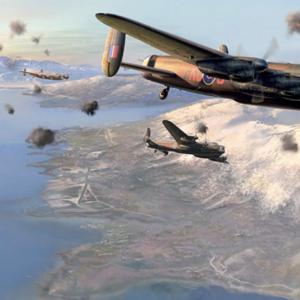
Panzercschreck
The Panzerfaust and Panzerschreck were two distinct German anti-tank weapons used during World War II. While often confused, the Panzerschreck was the larger, reusable, rocket-propelled weapon, comparable to the American Bazooka.
The Panzerschreck, officially designated Raketenpanzerbüchse or "rocket tank rifle," was developed by Germany in response to the effectiveness of the American M1 Bazooka encountered on the Eastern Front. The weapon's design was heavily inspired by the Bazooka, which had been captured and examined by German forces in 1942.
The primary designer behind the Panzerschreck was German engineer Hugo Schneider, working for the Hugo Schneider AG (HASAG), an industrial conglomerate heavily involved in arms production during the war. The weapon was produced by HASAG and other German arms manufacturers from 1943 onward.
The Panzerschreck fired an 88 mm caliber RPzB.43 or RPzB.54 rocket-propelled grenade equipped with a shaped charge warhead. This type of ammunition was designed to penetrate tank armor by focusing explosive energy on a small point upon impact. The rocket was electrically ignited and had an effective range of about 150 meters. Due to the significant backblast and smoke it produced, a blast shield was added in later models to protect the operator.
Despite being bulky and producing a conspicuous smoke trail, the Panzerschreck proved effective against most Allied armored vehicles. However, its backblast and size made it somewhat hazardous and cumbersome in close combat or confined spaces.
By the end of the war, the Panzerschreck had become one of the key infantry anti-tank weapons in the German arsenal, reflecting the increasing need for mobile anti-armor firepower as the tide of war turned against Germany.










